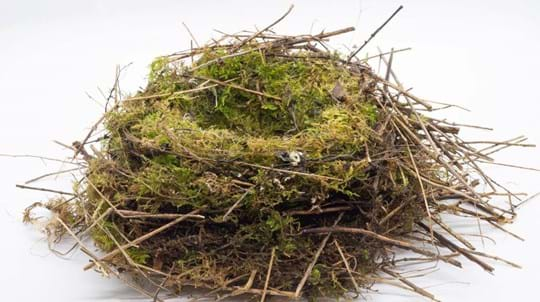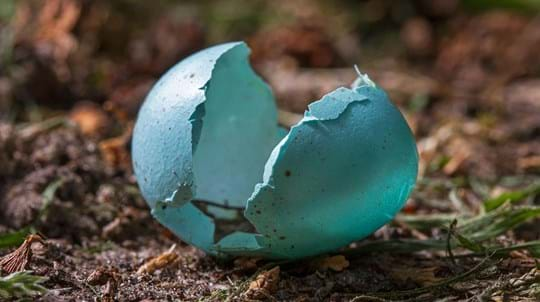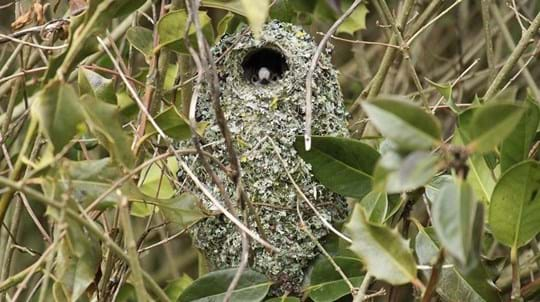
What do blackbirds eat? And how to feed them
James Martin • 28 Jun 2019
Ever wondered what blackbirds eat? Learn about their diet and how you can attract these delightful birds to your garden.
Read the blogGarden stalwarts. Famous songsters. Familiar friends. These sun-worshipping earthworm feasters are regular visitors to British gardens.
Common name: blackbird
Scientific name: Turdus merula
Family: Turdidae (thrushes)
Habitat: gardens, woodland, grassland
Diet: insects, earthworms, fruit, berries
Predators: foxes, sparrowhawks, domestic cats
Origin: native
As the name suggests, male blackbirds are entirely black in colour. Females, however, are actually dark brown, with lighter brown streaks on the breast. Juveniles look similar to the fully-grown female but have copper streaks. Males have a bright yellow bill and distinctive yellow eye ring. Females have a duller, yellow-brown beak.
Earthworms are a favourite for blackbirds. They are able to hear movement just beneath the ground’s surface and hunt by cocking their head, listening carefully. They also eat other insects, caterpillars, fallen fruit and berries, foraging on the ground and in the undergrowth. Look and listen for blackbirds flipping fallen leaves as they search for food beneath.

James Martin • 28 Jun 2019
Ever wondered what blackbirds eat? Learn about their diet and how you can attract these delightful birds to your garden.
Read the blogIn folklore, a blackbird nesting near a house is a sign of good fortune.
The breeding season takes place from March to late July, although this can vary depending on the weather. The female builds the nest, usually choosing an area close to the ground with adequate cover, such as a bush or a small tree. The nest is round and made with twigs, grass and other plant materials. Blackbirds usually have two to three broods, with an average clutch of three to five eggs.
The female incubates the eggs and the chicks hatch around two weeks later. They are fed earthworms or caterpillars – earthworms in gardens and caterpillars in woodland – and are ready to fledge after another two weeks. They are fully independent three weeks after leaving the nest.
The life expectancy of a blackbird is around three years, but they have been known to live into double figures.

Credit: Robin Chittenden / Alamy Stock Photo
This widespread bird is a common visitor to UK gardens, and has adapted well to suburban areas – it’s often possible to get quite close. It can also be found in woodland and grassland areas, but you’re much less likely to see it on areas of higher ground and in some parts of Scotland.

Credit: Rolf Richardson / Alamy Stock Photo
It’s very easy to spot this bird. Whether you’re out and about in the woods or simply pottering in the garden, chances are you will spot a blackbird as it hops around on the ground, searching for food. Listen for the male’s rich, languid song, especially on warm summer evenings.
Audio: Frank Lambert / franklambertbirding.com

Record the comings and goings of key feathered friends and help scientists track the effects of climate change on wildlife.
Take part in our Nature's Calendar surveyAccording to the RSPB, the oldest blackbird recorded was 21 years and 1 month old, though their average life expectancy is 3.4 years.
Common and widespread across the UK, the blackbird population is currently stable, although it has seen periods of decline in the past. One of the biggest threats is lack of food availability, particularly when the weather is dry. Leaving mealworms and ground feeder mix out on bird tables and planting bushes that attract caterpillars to your garden are great ways to help blackbirds.

Blog
Amy Lewis • 16 Feb 2022

Blog
Kayleigh Jacobs-Rutter • 13 Feb 2024

Blog
Helen Keating • 05 May 2020

Blog
Hannah Vickers • 17 Jan 2019